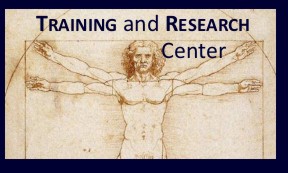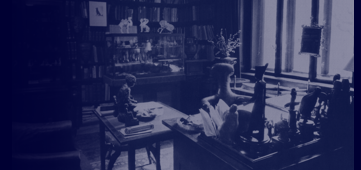What a psychotherapy makes possible depends,
fundamentally, on the knowledge that science sustains, a knowledge
that starts from a interpretation that observation and calculation
promote in relation to what is culturally acceptable within the
social link. A psychoanalysis creates a space of welcome for an
experience that is unaddressable, or culturally censured, that escapes
both the observation and the calculation that regulate the social
link, and which nevertheless disrupts the existence of the being.
-
The entrance in the social link and the out-of-language -
The language that sustains
and organizes relations between members of the collective is the
way that the culture distinguishes between what is acceptable and
what is rejected from the social link. What is censored and rejected
out-of-language nevertheless continues to call into question both
the construction of the self and the acceptance by the Other that
culture sets up as the guardian of the receivable. In this way,
a collective consciousness is established that regulates "living
together.” This results in the potentially unmanageable consequences
of a disparity between the intimate experience of the being and
the self-image that the person maintains within the social link.
-
First and second childhood -
The intimate and creative
experience of first childhood, where the surging up of self-consciousness
is accompanied by a quest for the unknown object, remains out-of-language
and therefore unaddressable, despite the welcome and concern of
the parental Other who is a prisoner to cultural expectations and
values. The cultural models and demands of identification that preside
over the conditions of ego formation in second childhood install
the repression that will replace both the unaddressable and the
quest, which is the object of self-consciousness. Collective consciousness
and its demands will from then on define the space of possibility
from within which the young child will have to confront the universe
of puberty.
-
The structure of the address -
Despite
appearances, it is in this universe of puberty, where the cultural
stakes are the censorship that creates a defect in language, that
the young person is confronted with the structure of address. Central
to such a structure is the function of the Other, who as guardian
of cultural limits must ensure that what is outside of language,
and would challenge collective consciousness, is kept out of the
address.











